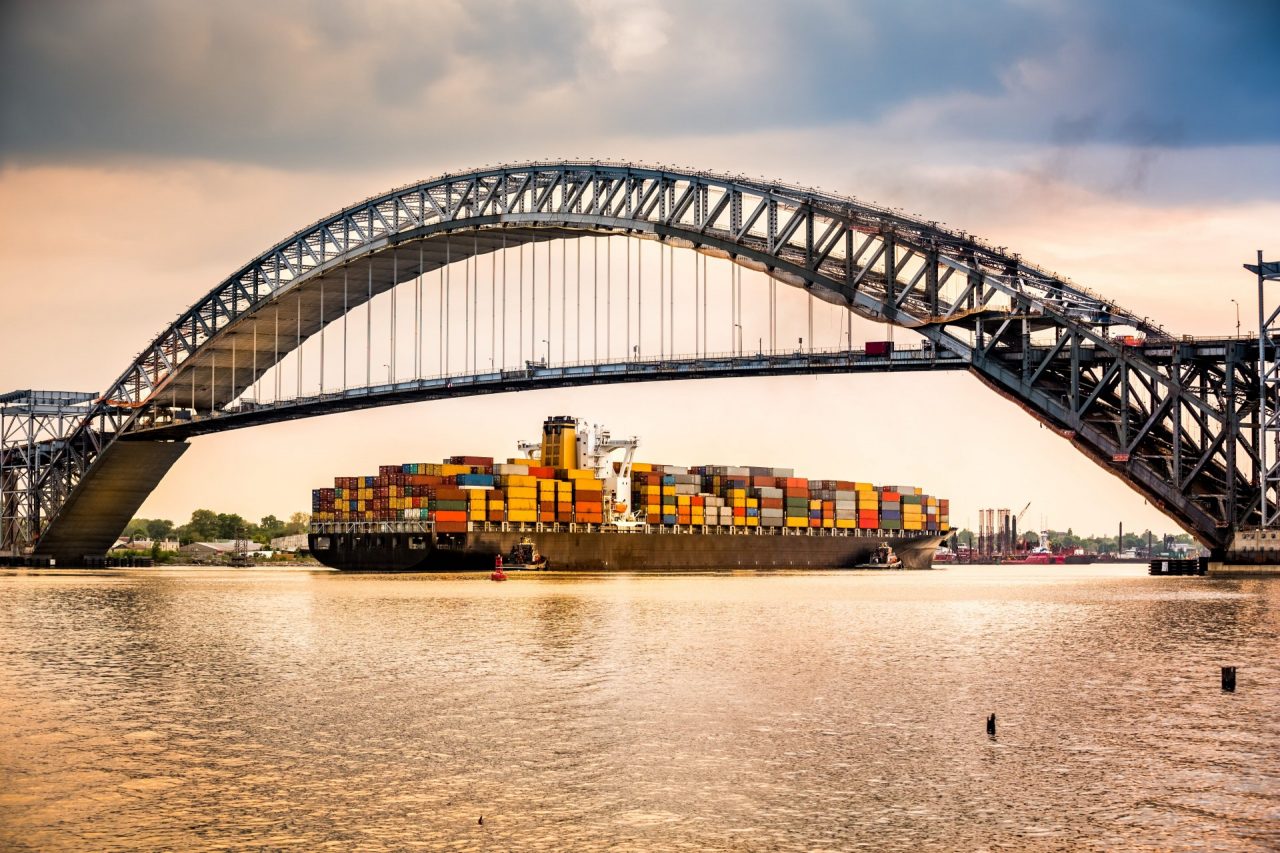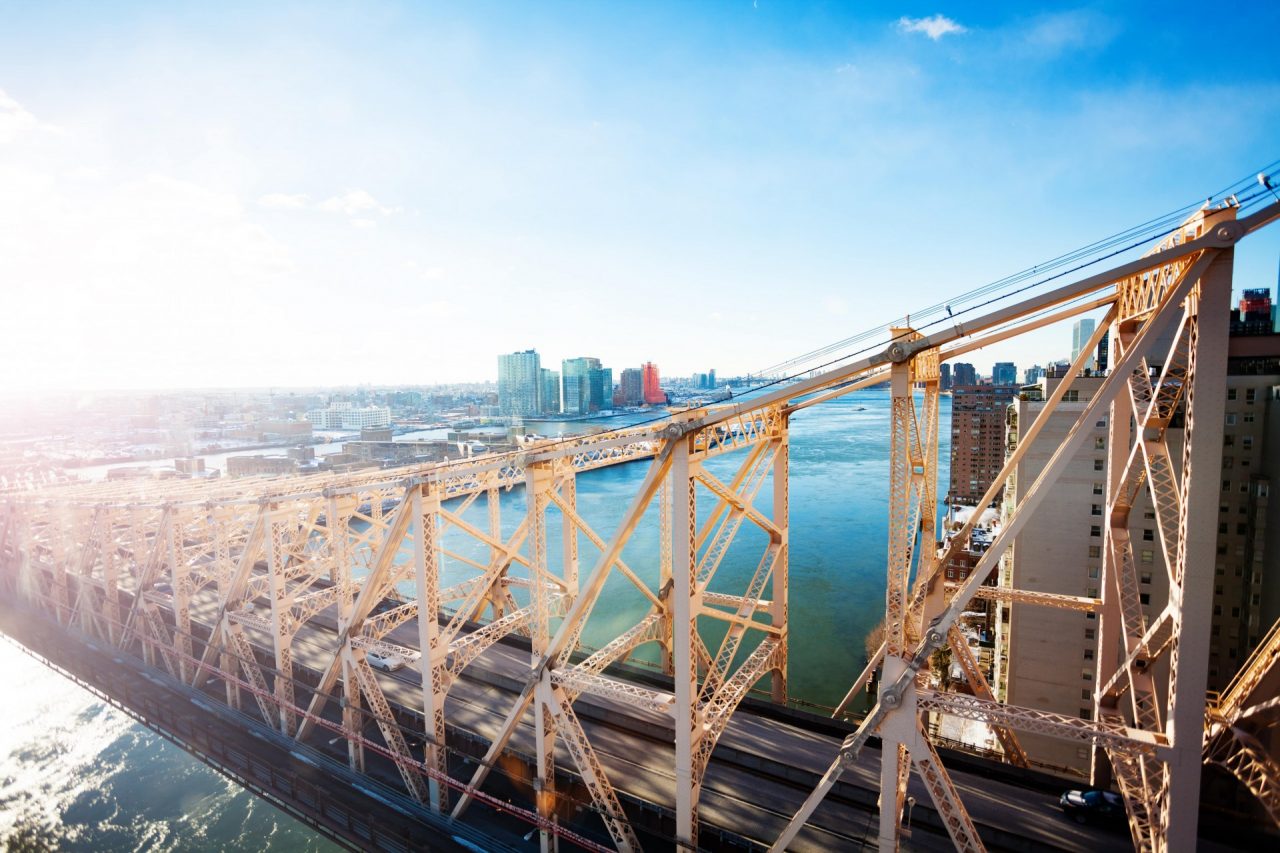Infrastructure investment is the only way forward for the United States to fight a Covid-19 recession, according to an analysis posted on the World Economic Forum website written by Shai Kivity. The analysis looks at America’s infrastructure gap, the economic impact of the Covid-19 health emergency, and highlights the role that targeted and high-tech infrastructure investment can play in avoiding a recession.
Given that the Federal Reserve has already used all the monetary weapons at its disposal, infrastructure spending is the best economic tool available. The federal and local governments have approved substantial economic rescue packages to support the most vulnerable social groups. But “right now, reviving the lagging US infrastructure sector may be the best approach: infrastructure creates economic growth, 5G cellular infrastructure will allow for faster data rates, a better electric grid allows us to drive electric cars and new roads reduce congestion and commute times,” writes Kivity.
Infrastructure investment in the United States: making up lost ground
The U.S. is 30 years behind on infrastructure because of lack of investment in the sector. In 2019, the construction tech industry in the U.S. received $6 billion investments. Too little to harness Fourth Industrial Revolution to improve the construction industry through technology and innovation. The U.S. needs to spend $2.1 trillion between 2016 and 2025 if it wants to accomplish a “revolution” in infrastructure, according to the American Society of Civil Engineers (ASCE).
This enormous distance between what is invested and what is needed explains the lag of American infrastructure compared to its global counterparts, starting from roads — historically one of the most-used means of transport.
According a ranking by ASCE, the District of Columbia tops the chart for the state with the highest share of roads in poor condition, with 93%. After Washington D.C. comes Rhode Island (52%), California (44%), and Texas (43%).

Worksites and Covid-19
American states each have their own investment needs. Some have a more modern infrastructure network; others have a greater investment gap. This difference is also reflected in the way individual state governments have decided to address the coronavirus emergency in the construction sector. In a nation hard-hit by the pandemic, each state has developed its own response strategy in terms of public works. The majority of American states (29) have kept all construction sites open; 15 states have instead allowed only a few strategic construction sites to remain running; one state has closed all types of work on site, and six states have not yet issued specific measures on coronavirus sites.
Each state collects and monitors reports on possible risk conditions. But the most important thing now is to prepare for re-starting, or Phase 2, when technology will also be important to efficiently direct major investments.
The role of new technologies
New technologies will play a decisive role in infrastructure renewal and its impact as a stimulus to fight the economic damage of the coronavirus crisis.
The analysis published on the World Economic Forum website calculates that construction technology (Contech) can reduce the cost of each project by at least 10%. Not only: in the overall life of a construction site, from the foundations to the completion of the work, the lack of efficiency can represent an additional cost equal to 50% of the total.
But innovation can also help also to choose which infrastructures are really strategic.
Modern technologies can help reduce this risk when they are used to identify the most strategic infrastructures in terms of improving people’s lives and a positive impact on local economies, according to the World Economic Forum. For example, innovative startups can use software to map the highest level of traffic congestion, discern peak traffic times, and identify lines at public transport stops to understand which metro or bus lines need to be increased. Using technology to identify areas where investments should be directed is the first step to avoid waste and ensure that future federal government funding ends up on high-impact projects.

The political breakthroughs
After U.S. President Donald Trump’s proposal to invest $2 trillion in infrastructure (see WeBuildValue April 3 2010), Republicans and Democrats seem to be converging on the necessity for a massive spending package. Recently Joe Biden, Democratic candidate in the November presidential elections, talked about a maxi stimulus plan for the economy, which could also exceed the figure proposed by President Trump. In an exclusive interview given to Politico website, the former U.S. vice president said he supports a new round of economic stimulus with a focus on infrastructure and climate change. A “new green infrastructure bill” would help the country recover from the crisis and at the same time support its path towards the future.
The debate is on. From international think tanks like the World Economic Forum to domestic groups like the ASCE, everyone seems to agree: a major new national development plan is urgent, with the goal of kick-starting the economy by giving America new and sustainable infrastructure.

